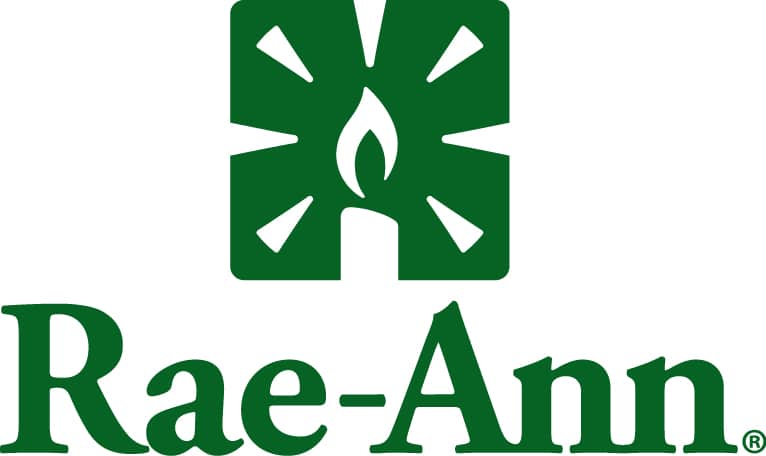Now that the first two quarters of 2021 are in the rearview mirror, many businesses and nonprofits are dealing with the calculations and recordkeeping necessary to take advantage of the expanded Employee Retention Tax Credit (ERTC).
Employee Retention Tax Credit Background
Back in March of 2020, Congress originally enacted the ERTC in the CARES Act to encourage employers to hire and retain employees during the pandemic. At that time, the ERTC applied to wages paid after March 12, 2020, and before January 1, 2021. However, Congress later modified and extended the ERTC to apply to wages paid before July 1, 2021.
The ARPA again extended and modified the ERTC to apply to wages paid after June 30, 2021, and before January 1, 2022. Thus, an eligible employer can claim the refundable ERTC against “applicable employment taxes” equal to 70% of the qualified wages it pays to employees in the third and fourth quarters of 2021. Except as discussed below, qualified wages are generally limited to $10,000 per employee per 2021 calendar quarter. Thus, the maximum ERTC amount available is generally $7,000 per employee per calendar quarter or $28,000 per employee in 2021.
For purposes of the ERTC, a qualified employer is eligible if it experiences a significant decline in gross receipts or a full or partial suspension of business due to a government order. Employers with up to 500 full-time employees can claim the credit without regard to whether the employees for whom the credit is claimed actually perform services. But, except as explained below, employers with more than 500 full-time employees can only claim the ERTC with respect to employees that don’t perform services.
Employers who got a Payroll Protection Program loan in 2020 can still claim the ERTC. But the same wages can’t be used both for seeking loan forgiveness or satisfying conditions of other COVID relief programs (such as the Restaurant Revitalization Fund program) in calculating the ERTC.
Modifications
Beginning in the third quarter of 2021, the following modifications apply to the ERTC:
- Applicable employment taxes are the Medicare hospital taxes (1.45% of the wages) and the Railroad Retirement payroll tax that’s attributable to the Medicare hospital tax rate. For the first and second quarters of 2021, “applicable employment taxes” were defined as the employer’s share of Social Security or FICA tax (6.2% of the wages) and the Railroad Retirement Tax Act payroll tax that was attributable to the Social Security tax rate.
- Recovery startup businesses are qualified employers. These are generally defined as businesses that began operating after February 15, 2020, and that meet certain gross receipts requirements. These recovery startup businesses will be eligible for an increased maximum credit of $50,000 per quarter, even if they haven’t experienced a significant decline in gross receipts or been subject to a full or partial suspension under a government order.
- A “severely financially distressed” employer that has suffered a decline in quarterly gross receipts of 90% or more compared to the same quarter in 2019 can treat wages (up to $10,000) paid during those quarters as qualified wages. This allows an employer with over 500 employees under severe financial distress to treat those wages as qualified wages whether or not employees actually provide services.
- The statute of limitations for assessments relating to the ERTC won’t expire until five years after the date the original return claiming the credit is filed (or treated as filed)
How to Claim the Credit
Employers will report total qualified wages and related health insurance costs for each quarter on their quarterly employment tax returns, which will be Form 941 for most employers. The credit is taken against the employer’s share of Social Security tax, but the excess is refundable under normal procedures.
To claim the credit for a previous quarter, you will have to file an amended Form 941 for the quarter in question.
It’s important to note that employers may not take regular business tax deductions and credits against expenses (such as wages or health coverage premiums) that are used in calculating the ERTC.
If you have questions about how to utilize the Employee Retention Tax Credit, contact your Barnes Wendling advisor.
Related Insights
Featured Post

Featured Client Testimonials
BW is a true partner to us. Their knowledge, expertise, and service are a valuable resource to us and play an important role in our success!
John Allen - Vice President of Finance, Kaufman Container

Featured Client Testimonials
I appreciate the exceptional tax advice we received over the years. The (BW team) has a good grasp of our business needs. Thank you for your excellent service.
John Griffiths - Owner, Rae Ann, Inc.

Featured Client Testimonials
Barnes Wendling has been our company accountants for over seven years. Their knowledge has been instrumental in helping us grow strategically during this time. And although we’ve seen many changes in our economy that we cannot control, we’ve always been able to trust the Barnes team to be by our side. The Barnes team feels like family. We can’t thank them enough for their support!
Christine Kloss - Controller, AT&F

Featured Client Testimonials
Barnes Wendling has been our company accountants for over 15 years. During this time, the business has grown exceptionally, and Barnes has kept pace, providing accurate, quality advice. Our finances are more efficient than ever, and the expense of hiring Barnes has been a definite positive add to our bottom line. I give my highest recommendation to their firm.
David Miller, MD - President, Retina Associates of Cleveland

Featured Client Testimonials
Barnes Wendling has provided us guidance and recommendations that have strategically helped strengthen our business and position ourselves for growth. We needed to hire a new VP of Finance and Controller this past year, and they were instrumental in helping us find the best candidates for our company.
Sara Blankenship - President, Kaufman Container

Featured Client Testimonials
We value the trust, accuracy of information, and reliability of Barnes Wendling and Mike Essenmacher personally. Mike has been instrumental as a trusted advisor on accounting, tax, and personnel issues. His advice is always accurate, and he is very reliable. His associates are also very talented.
Dominic Ozanne - President and CEO, Ozanne Construction Company

Featured Client Testimonials
We value Barnes Wendling’s expertise with all things accounting so we can operate our business using our strengths and allowing them to be our experts. They have also brought me a few business sale opportunities to allow me to grow my assets.
John Gaydosh - President and Metallurgical Engineer, Ohio Metallurgical Service

Featured Client Testimonials
Barnes Wendling (especially Lena) did a great job with our financials. Everything. It is extremely refreshing and comforting to know that all of our numbers are not only correct, but they are in the right place(s). Your diligence and reporting truly does make me (personally) feel better.
Thomas Adomaitis - Controller, Bialosky Cleveland

Featured Client Testimonials
I can wholeheartedly tell you that I have yet to work with an audit or tax team that have been more helpful, easy to work with, and committed than the team at Barnes Wendling- I have been through three different firms in the last few years.
Michelle Saylor, Former Controller, Aero Mag

Featured Client Testimonials
Floyd Trouten at Barnes Wendling CPAs is an “expert’s expert” when it comes to M & A accounting. Not only does he understand the evolving details of the Tax Code but he also sees the fine points of their application for owners, managers, investors, and financiers.
Mark A. Filippell, Western Reserve Partners

Featured Client Testimonials
The service is amazing at Barnes Wendling CPAs. The benefit is worth more than the cost. Sometimes it’s true that you get what you pay for.
Mark Boucher - Former Owner, Castle Heating & Air








